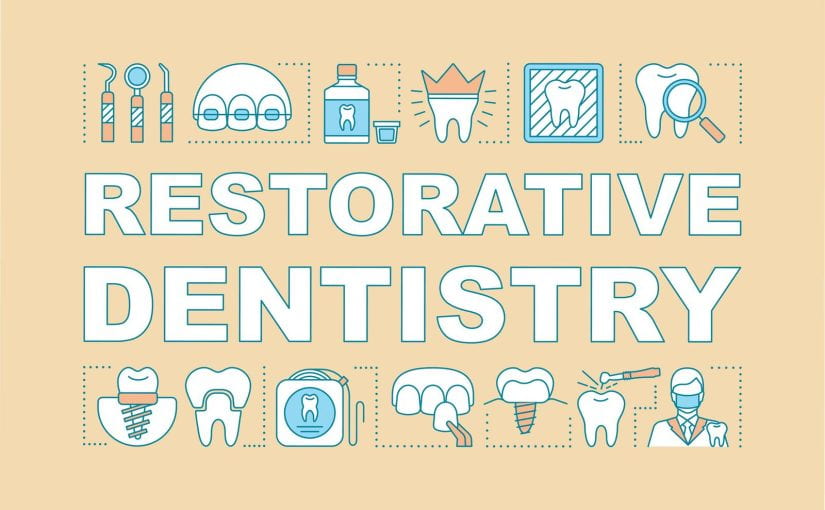What is restorative dentistry?
Restorative dentistry is a branch of dentistry that focuses on repairing, replacing, and restoring damaged or missing teeth to restore the mouth’s functionality, look, and feel. This includes procedures such as dental implants, fillings, crowns, and bridges, as well as treatments from other dental fields such as endodontics, prosthodontics, and periodontics. Restorative dentistry aims to save teeth and restore the natural shape and feel of natural teeth. It is not currently recognized as a speciality by the American Dental Association, but many general dentists can perform these procedures without additional education and certification. Restorative dentistry is used to keep the mouth healthy and functional, and it is a popular branch of dentistry used to diagnose and treat problems with the teeth and gums, as well as the appearance of the teeth.
How does therapeutic dentistry work?
Restorative dentistry repairs or restores damaged oral structures, such as teeth, gums, and jawbone. The process begins with a consultation between the patient and their dentist to determine the best action and asses any existing damage. Depending on the individual case, the dentist begins the therapeutic process, which can involve various dental procedures such as fillings, crowns, bridges, veneers, root canals, and dental implants.
During the procedure, the dentist may need to remove any decay and develop a plan to restore the affected structure. The dentist will then use various techniques to restore the structure, such as filling the cavity with a particular material, placing a crown over the affected tooth, or placing a dental implant.
The restorative dentistry process also includes using advanced technology such as 3D imaging and digital dentistry to provide an accurate diagnosis and ensure a successful treatment plan. Once the procedure is completed, the patient should expect improved oral health, restored functionality, and an improved esthetic appearance.
Benefits of restorative dentistry treatments
What benefits do restorative dentistry treatments offer? [Expanded list] Restorative dentistry treatments offer several benefits, including improved mouth functionality, improved appearance of the teeth and smile, prevention of further damage to adjacent teeth, and the ability to chew and speak properly. Restorative dentistry procedures can also help to maintain good oral health by helping to prevent decay and preserving the natural teeth whenever possible. Other benefits of restorative dentistry include improved oral hygiene and the ability to customize the smile’s look. Finally, restorative dentistry can also help to reduce pain and discomfort from disease or damage, and insurance plans often cover it.
